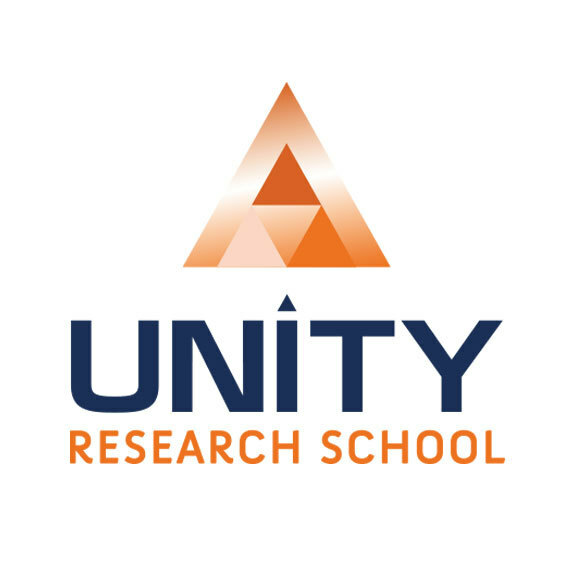
Research School Network: Layers of the curriculum
—
Layers of the curriculum
Share on:

by Unity Research School
on the
Alex Bedford, Unity Schools Partnership Primary Adviser shares his thoughts, interpretations and links to evidence when it comes to layers of the curriculum.
I think Ofsted may have read some great educational research to give clarity and structure when evaluating the curriculum. I’d say that research could be traced back nearly 70 years, but it still stands the test of time.

Professor Ralph Tyler presented the four questions below to help design an effective curriculum. One of his students was Benjamin Bloom. Bloom was heavily influenced by questions 2 and 3; this resulted in his research and work around mastery.
- What educational purpose does the school seek to achieve?
- What educational experiences can be provided that are likely to attain these purposes?
- How can these educational experiences be effectively organised?
- How can we determine whether these purposes are being attained?
I’m thinking that Ofsted may have summarised these four essential questions and rephrased them into three distinct areas:
- INTENTION
- IMPLEMENTATION
- IMPACT
Read the latest Ofsted research on the curriculum here and a shorter Ofsted blog on the same here.
I is for INTENTION
This gives us PURPOSE. It means building a curriculum that has precise aims. Recognising the needs of pupils at the school and being clear about the expectations and standards required at each stage. A cluttered and disorganised curriculum will have a negative impact on pupil outcomes.
We use these four areas to define the INTENTION of the curriculum.
- Aims
- Expectations
- Knowledge
- Vocabulary
I is for IMPLEMENTATION
These are the methods that you use to bring about the Aims, Expectations, Knowledge and Vocabulary.
- How sequenced is the learning experience and is it well-organised?
- What methods do you use to bring about successful learning?
- Is vocabulary taught explicitly through foundation subjects?
- How do pupils acquire, apply and deepen their knowledge, skilfully?
I is for IMPACT
This is the OUTCOME as a result of the INTENTION and IMPLEMENTATION.
We evaluate the curriculum and look at the VALUE that great teaching, through well-organised learning experiences, brings.
“How well do pupils understand the knowledge they have acquired through well-organised learning experiences?”
“The finest list of outcomes in the world, even if accompanied by valid assessment tools, represents a wish list at best. It will have little impact on student learning in the absence of effective instructional practices” Guskey, 1994.
Effective, ongoing assessments through intellectually stimulating tasks and tests tell us how well pupils understand the content we are teaching.
A test is designed to ‘test out’ the understanding of a pupil. A test can be in many formats and, if needed, used on a daily basis:
- Questions
- Tasks
- Multiple choice
- Quizzes
- Written responses
- Spoken responses
- Books
Rounding off this post, my advice would be the following:
- Be clear about your curriculum aims and articulate the essential things you want pupils to know and the vocabulary that connects them.
- Know and discuss your methods. How do we sequence a well-organised learning experience? How will we implement the intentions of our curriculum?
- Evaluate the impact of learning by using ‘tests’, looking at books and talking with pupils.
A ‘must read’ with much to offer in the context of this post is Rosenshine’s Principles of Instruction (2012)
Alex Bedford
Trust Primary Adviser, Unity Schools Partnership
abedford@unitysp.co.uk
More from the Unity Research School
Show all news

Pupil Premium and SEND: learning without labels
Learning without labels
